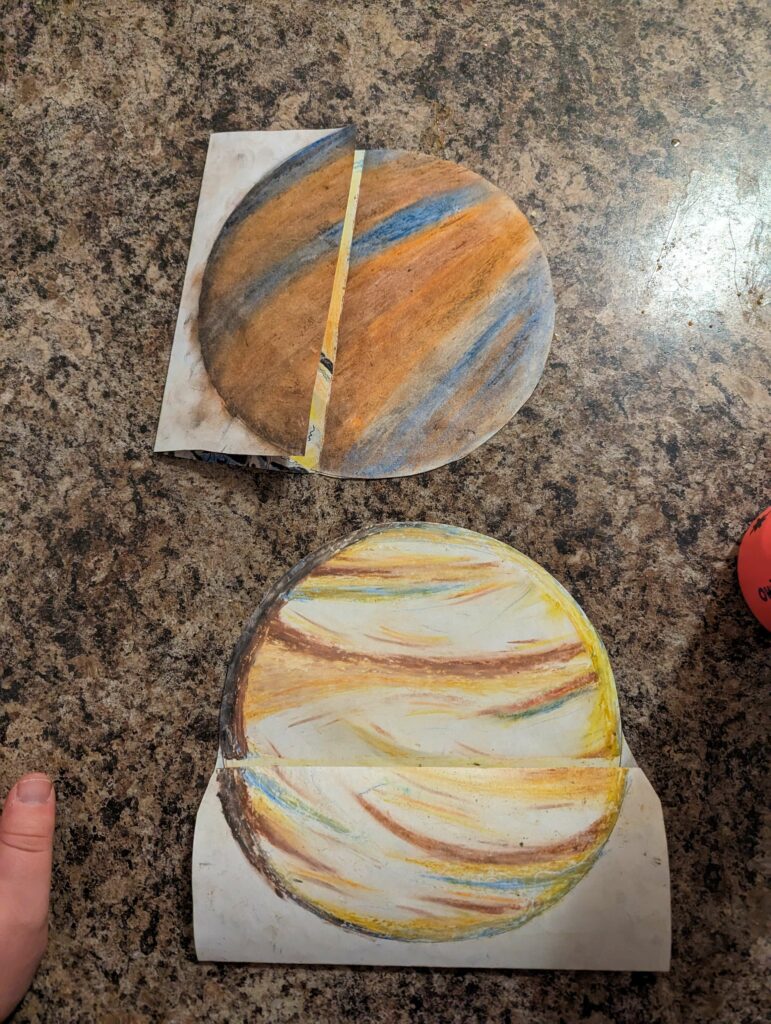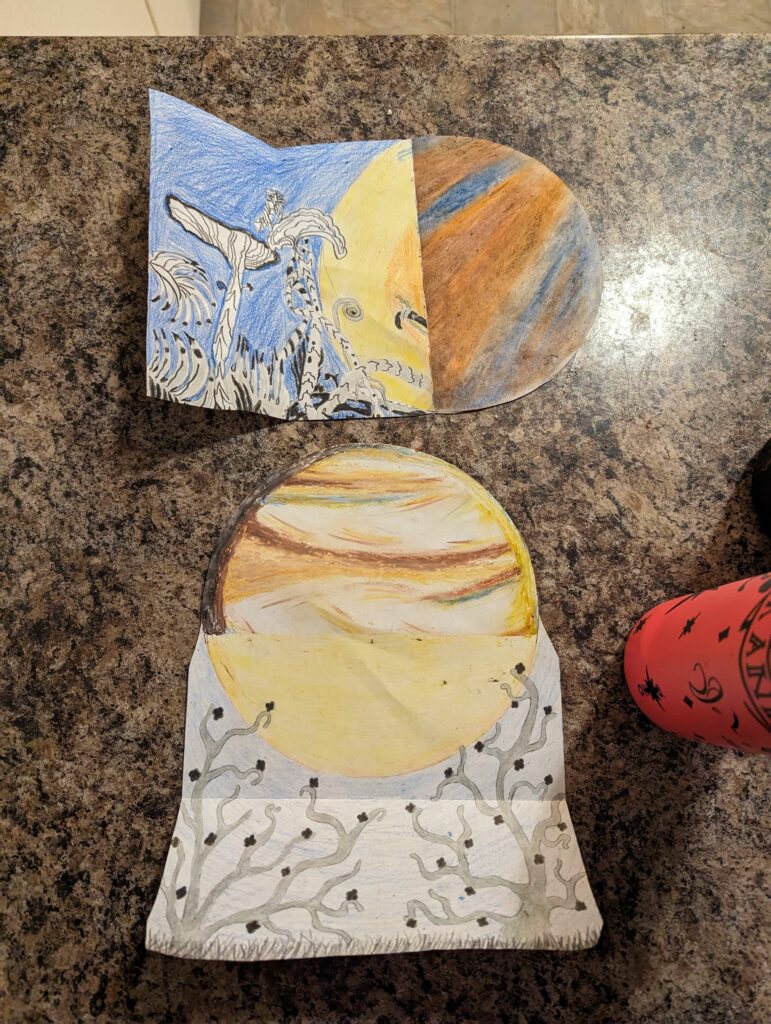“Educators have the knowledge and skills to facilitate learning for students, including learning experiences that reflect individual contexts and local environments. Educators value collaborative practice. Educators recognize and understand the interconnectedness of all aspects of teaching and learning and employ a variety of instructional and assessment strategies. Educators communicate effectively in either English or French. Educators know when to seek support for their practice and for students.” – BCT


One of the fun parts of planning lessons is looking for chances to integrate and connect multiple ideas or subject areas. It also helps that in elementary education, some of the work I ended up taking home was colouring. Effective planning includes daybooks and year plans and room to pivot around student needs and the information that assessment provides. It can also create fun aha moments where the stars align and you get to create something neat. Standard 5 is about the functional responsibility educators have to educate, but it’s also a reminder to connect and create.
The above image is a set of exemplars, one created by me and one created by my partner. When I asked them if they were willing to help me colour to prepare for the next day’s lessons, they were enthusiastic. Not only have they been a huge support throughout the entire education program, but I also promised to bring pastels. These pastels were borrowed from my coaching teacher who was a huge support in helping me bring creative projects like this one to life throughout my first practicum. The insides of the planets show an imagined world originally described in Ray Bradbury’s “All Summer in a Day”. As part of an earlier literature lesson, students had read the short story and completed story maps as part of a greater unit on story elements. On the day we began the art we talked as a class about Venus, and looked at some of the great images on NASA’s website. We then re-read Bradbury’s imagined Venus. In this activity we were doing art and working with mixed materials to create 3d effects. This was the core curricular goal but we also looked into the scientific knowledge surrounding the planet Venus and what the conditions on the surface are currently like. Even though the short story lesson was focused on story elements, the look at Venus and Bradbury’s Venus created an opportunity to look at genre and science fiction and even think creatively for some students. This is the first time I managed to pull together a lesson that linked to subjects so neatly. It seems simple to connect a story to a lesson but this was done to fit within the grade 7 curriculum and also engage Grade 7 learners. It really opened my eyes to how much fun it could be to link subjects and overlap learning. It also had a notable effect on student comprehension of the setting of “All Summer in a Day”. Standard 5 is about connection, interconnection, and best practices. What standard 5 doesn’t mention, is how rewarding it is to successfully plan cross curricular learning and watch it work.
